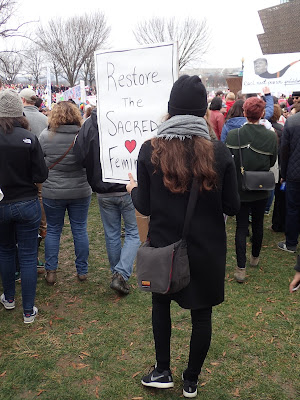So what does one do? You ask professor Google what the definition of a common person is. Common person, thefreedictionary.com defines it as: “a person who holds no title.” They have all kinds of different items in their thesaurus, a Bourgeois (a member of the middle class), a Nobody (a person of no influence), a Plebeian (one of the common people), a Proletarian (a member of the working class), and (my favorite) a Rustic (an unsophisticated country person), just to name a few.
In a 2011 article entitled “10 Terms for the Common People” Mark Nichol listed: Bourgeoisie; Great unwashed (I love that one); Hoi polloi; Little people; Mob; Peons; Proles (from proletariat); Rank and file; and Riffraff. In the comment section readers added some more, British readers added “chav” a word I never heard off but seems debatable, and “the chattering classes”. U.S. readers added: the Masses, Joe Blow, John Doe, Yahoos, and Plain Jane. As the outfall of the latest elections maybe we should we add (a basket of) deplorables?
All I can say is let them eat cake! Oh no that was Marie Antoinette in the late 1700 a few weeks or months before her head was chopped off by the common people.
But walking through town in my lunch hour and looking around; am I looking at “the Masses” or “Joe Blow”, or “the Plebeians”? They are definitively not “rustic”, and it looks like they did shower recently. But can I call these bankers and business men, common men? What about all those government employees; and what about those beggars, what are they, less than common? Who are the common men or the common women and what motivates them?
When you do an internet search on "the common man" you inevitably hit on the speech by by Vice President Henry A Wallace, entitled: The Price of Free World Victory. Wallace had been Secretary of Agriculture and was VP under Roosevelt, during the time of the second world war at the time he gave this speech. While it was an anti-Hitler speech, it obviously touched the common man, Wallace said: "Men and women cannot be really free until they have plenty to eat, and time and ability to read and think and talk things over. Down the years, the people of the United States have moved steadily forward in the practice of democracy. Through universal education, they now can read and write and form opinions of their own."
Having worked overseas in dictatorships, I have seen what literacy or the lack of it can do; or maybe the lack of credible information to read, to get from the radio or to watch on TV. We were able to compare various shortwave radio stations and compare it to the local news; things the common folks could not do, because they could not speak any other language, at least not those from the foreign radio stations and the relied to the government sponsored (fed) news. There was fake news everywhere. We really need to make an effort to keep our press free and resist the notion by some in the current White House that the press is irrelevant (or what they call "the Main Stream Press.")
The speech by Wallace was so inspiring to some, that composer Aaron Copland wrote a piece of music after it entitled "Fanfare for the Common Man." The tune was reintroduced to the next generation (mine) by Emerson Lake and Palmer (click here for a YouTube video of ELP).
I feel that we have lost that in our society, there is no real inspiration any more, nothing that inspires people or pushes them towards the greater good. We are all inspired against the other; this country has become one of two polar opposites. I attended the Women's March on Washington the past weekend; it was very charging and inspiring; it was against the new administration and the fear they install in many of us. I just wish it would inspire all common women and men to set their differences aside; that we restore civility and make sure this new political experiment we are embarking on does not end wrong; these guys have never run a country before. But let's make sure that we stay informed and by independent, unbiased, unfiltered news sources.
The speech by Wallace was so inspiring to some, that composer Aaron Copland wrote a piece of music after it entitled "Fanfare for the Common Man." The tune was reintroduced to the next generation (mine) by Emerson Lake and Palmer (click here for a YouTube video of ELP).
I feel that we have lost that in our society, there is no real inspiration any more, nothing that inspires people or pushes them towards the greater good. We are all inspired against the other; this country has become one of two polar opposites. I attended the Women's March on Washington the past weekend; it was very charging and inspiring; it was against the new administration and the fear they install in many of us. I just wish it would inspire all common women and men to set their differences aside; that we restore civility and make sure this new political experiment we are embarking on does not end wrong; these guys have never run a country before. But let's make sure that we stay informed and by independent, unbiased, unfiltered news sources.




